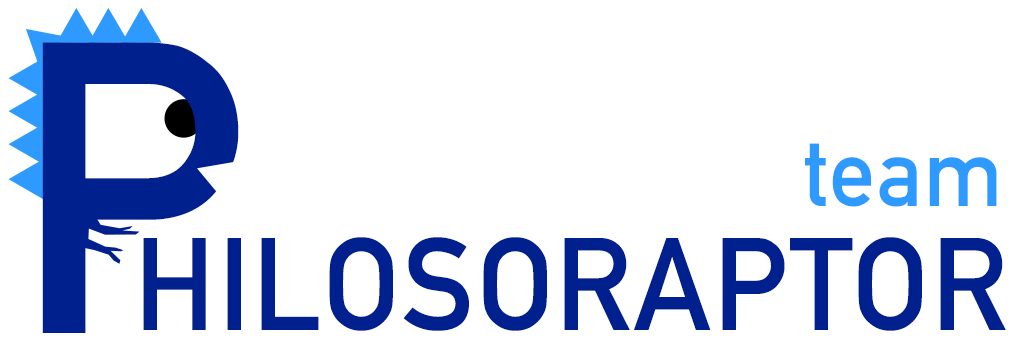The video located here, briefly introduces John Rawls’ notion of a veil of ignorance. In even shorter terms, this notion can be described as follows: “To design a truly just society, one must do so without any knowledge of one’s own eventual position in that society.”
So how does this abstract thought experiment relate to a new social network? When a new system is to be designed, it is common practice for the organisation responsible to view the design process in terms of outcomes that relate back to it. For instance: how does this new system interact with existing protocols, how is data drawn from the new system into existing systems, how are clients billed or other monetization opportunities realised? A user on the other hand might wonder: what is this new system doing for me, why should I switch to this, can I afford it? Doing away with this self-centred approach though, we can instead ask: how does this system facilitate communication between users and operators, how does this system endeavour to create true value for both user and operator and how does this system build community cohesion.
Working under a veil of ignorance then, one is free to consider the implication of design choices for all stakeholders, not just your own group. Even more tantalising is the possibility to redefine the very idea of these groups. What if we not only did not know who we will be in the final instance with regards to users and operators, but also did not know what constituted these groups, thereby opening the door for a reinterpretation of group boundaries.
Taking such an approach we are free to imaging an outcome where the lines between user and operator become blurred and those formerly just users are free to add value to all stakeholders. An example of this is users being able to customise a desktop layout and then sharing that layout with other users.
Three actionable recommendations for the design process as are follows:
- Consider how this impacts operators and users alike.
- Find a better middle ground with the greatest possible utility for all stakeholders.
- Find opportunities to empower users to take on some operator roles.
Point number three is of critical importance since people tend to support what they helped create, thereby increasing user retention and buy in.
